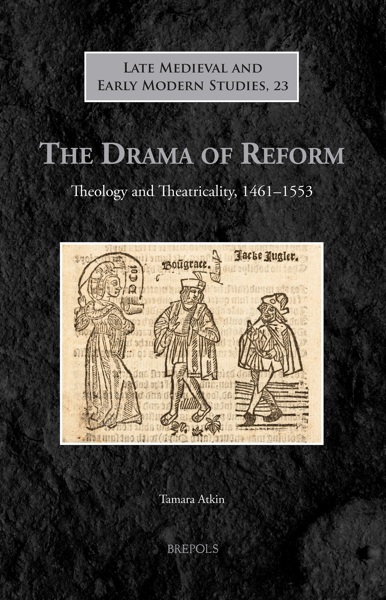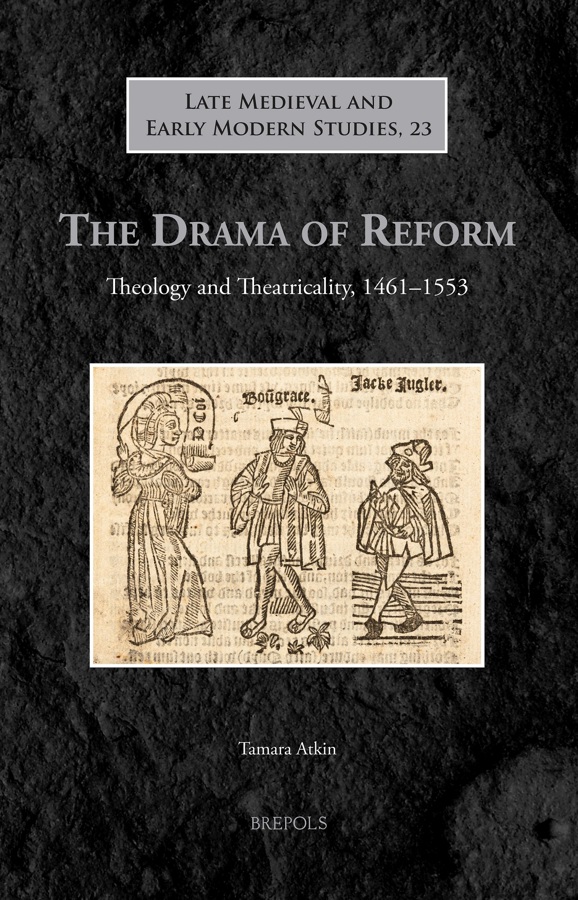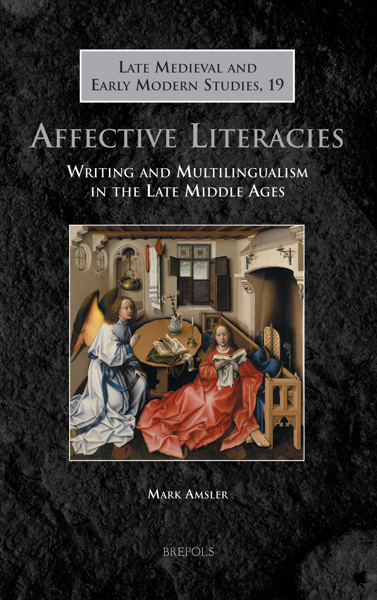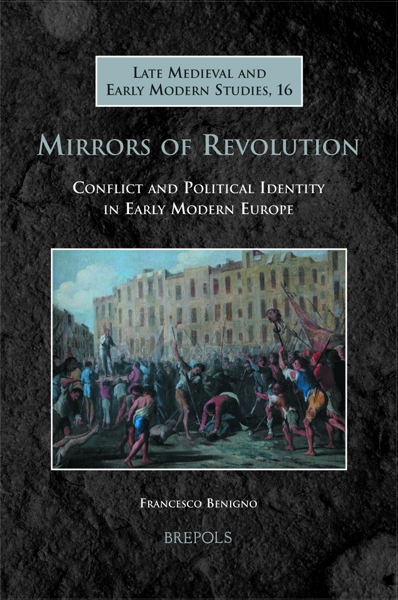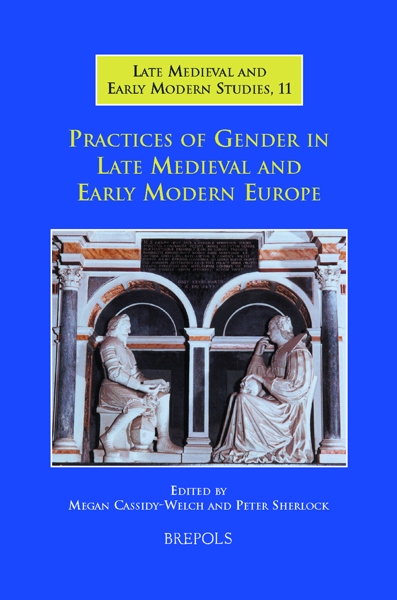
- Pages: 198 p.
- Size:156 x 234 mm
- Language(s):English
- Publication Year:2013
- € 85,00 EXCL. VAT RETAIL PRICE
- ISBN: 978-2-503-54651-3
- Hardback
- Available
- € 85,00 EXCL. VAT RETAIL PRICE
- ISBN: 978-2-503-57198-0
- E-book
- Available
The Drama of Reform examines the relationship between drama and religion, between theatricality and theology in England before and during the Reformation.
"(...) this book is a stimulating and thoughtful approach to an important topic, helpfully insisting on close attention to the contexts in which some neglected examples of Tudor theatre must be considered. These contexts are intellectual, in terms of Reformation theology, and material, in terms of manuscript and print transmission. The reader is sure to gain fresh insight into the connection between theology and theatricality in the early Tudor period." (Elisabeth Dutton, in: Early Theatre, 18.1, 2015, p. 133-135)
" (...) the parts of this study (...) are themselves worth the attention of scholars of medieval and early-modern drama alike, who will find in The Drama of Reform much that enriches their understanding of sixteenth-century theatricality as a response to theology." (John T. Sebastian, in: The Medieval Review, 15.09.10)
“Atkin’s engaging book, lucidly written and accessible even to the nonspecialist, has a great many strengths that will not be apparent in such a short summary. Each chapter meticulously draws together an impressive range of sources to support her claims about texts and contexts, and the general reader will learn a great deal from this book not just about mid-century drama but about the cultural politics of reform. (…) The Brepols series in which this book appears advertises itself as a special home for works characterized by broad range and cross-disciplinary approach. Atkin has given us an excellent example of how stimulating such an approach can be.” (Robert Bast, in Speculum, 92/1, 2017, p. 212)
The Drama of Reform establishes the impact of late medieval and early modern religious reform on dramaturgy. Taking an interdisciplinary approach, it examines the interactions between theatricality and theology across a range of different plays including the Croxton Play of the Sacrament, Jacke Jugeler, John Bale’s Three Laws, and Lewis Wager’s Life and Repentaunce of Mary Magdalene. Tracing the development of arguments concerning the interpretation of the sacraments, the relationship between priests and players, and the use and abuse of imagery and drama in religious worship, The Drama of Reform draws on a rich variety of contextual materials including liturgical texts, heresy trial accounts, dramatic treatises, polemical tracts, and religious laws.
Focussed on the period between Archbishop Arundel’s Constitutions in the fifteenth century and Archbishop Cranmer’s second Book of Common Prayer in the sixteenth, The Drama of Reform explores the phenomenological similarities between drama and certain religious rites, notably the eucharist, and proposes that religious reform prompted attempts to reform dramaturgy. In presenting this analysis, the author argues that while drama continued to function as dramatic propaganda, efforts to initiate new modes of playing were only partially successful.
Introduction
Chapter 1. Spectacle and Sacrilege: The Croxton Play of the Sacrament and the Performance of Miracles
The Play of the Sacrament
Seeing and Believing
Spectacular Proof
Playing Miracles
Chapter 2. Performance and Polemic: John Bale and the Poetics of Propaganda
King Johan and Three Laws
Playing Prelates
Holy Histrionics
Chapter 3. Staging Iconoclasm: Lewis Wager’s Life and Repentaunce of Mary Magdalene and Cranmer’s Laws against Images
The Life and Repentaunce of Mary Magdalene
Abused Images
Honest Playing
Chapter 4. Staged Presence: Jacke Jugeler and the Edwardian Eucharistic Controversy
Jacke Jugeler and Iconic Identity
The Edwardian Eucharistic Controversy
Drama as Metaphor
Conclusion
Bibliography
Index
